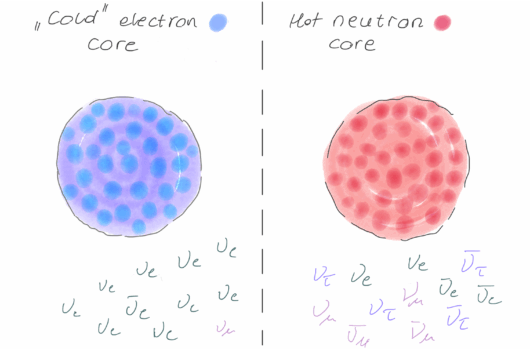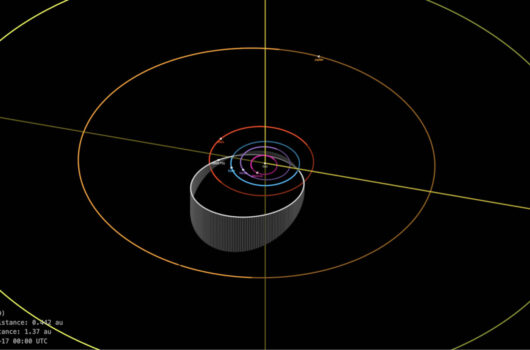A 3D Simulation of a Type II-P Supernova: From Core Bounce to beyond Shock Breakout
A 3D Simulation of a Type II-P Supernova: From Core Bounce to beyond Shock Breakout
View
Abstract
In order to better connect core-collapse supernova (CCSN) theory with its observational signatures, we have developed a simulation pipeline from the onset of the core collapse to beyond shock breakout from the stellar envelope. Using this framework, we present a 3D simulation study from 5 s to over 5 days following the evolution of a 17 M⊙ progenitor, exploding with ∼1051 erg of energy and ∼0.1 M⊙ of 56Ni ejecta. The early explosion is highly asymmetric, expanding most prominently along the southern hemisphere. This early asymmetry is preserved to shock breakout, ∼1 day later. Breakout itself evinces strong angle-dependence, with as much as 1 day delay in the shock breakout by direction. The nickel ejecta closely tail the forward shock, with velocities at the breakout as high as ∼7000 km s−1. A delayed reverse shock forming at the H/He interface on hour timescales leads to the formation of Rayleigh–Taylor instabilities, fast-moving nickel bullets, and almost complete mixing of the metal core into the hydrogen envelope. For the first time, we illustrate the angle-dependent emergent broadband and bolometric light curves from simulations evolved in 3D in entirety, continuing through hydrodynamic shock breakout from a CCSN model of a massive stellar progenitor evolved with detailed, late-time neutrino microphysics and transport. Our case study of a single progenitor underscores that 3D simulations generically produce the cornucopia of observed asymmetries and features in CCSNe observations, while establishing the methodology to study this problem in breadth.




